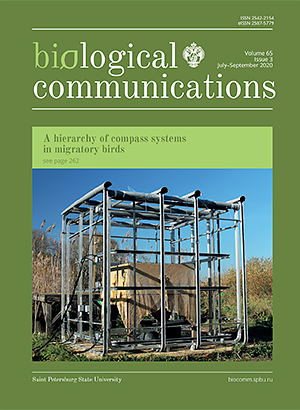From archebiosis to evolution of organisms and informational systems
DOI:
https://doi.org/10.21638/spbu03.2020.301Abstract
Laws of evolution seem to be relevant not only for biological domains, but for informational systems. This paper provides a sketch of a comparison of two systems — that of homeostatic systems, and that of language evolution. We argue that the patterns of evolution of functions are hierarchically organized according to four main levels: I — the primary level: a cell in biology, a phoneme in language; II — functional units: a nephron, a morpheme; III — organs: a kidney (a lung, a heart, etc.), a word; IV — systems: physico-chemical constancy, a sentence or a phrase. There is a set of restrictions for each domain: the linguistic changes have not occurred in all languages, in many cases they are still underway, there are ‘old’ and ‘young’ languages, etc. Such comparisons appear to be relevant and can be applied to objects as far removed as these. This allows us to speak of certain evolutionary universals.
Keywords:
laws of physiological evolution, history of evolutional physiology in Russia, origins of life, language evolution
Downloads
References
Downloads
Published
How to Cite
License
Articles of Biological Communications are open access distributed under the terms of the License Agreement with Saint Petersburg State University, which permits to the authors unrestricted distribution and self-archiving free of charge.





